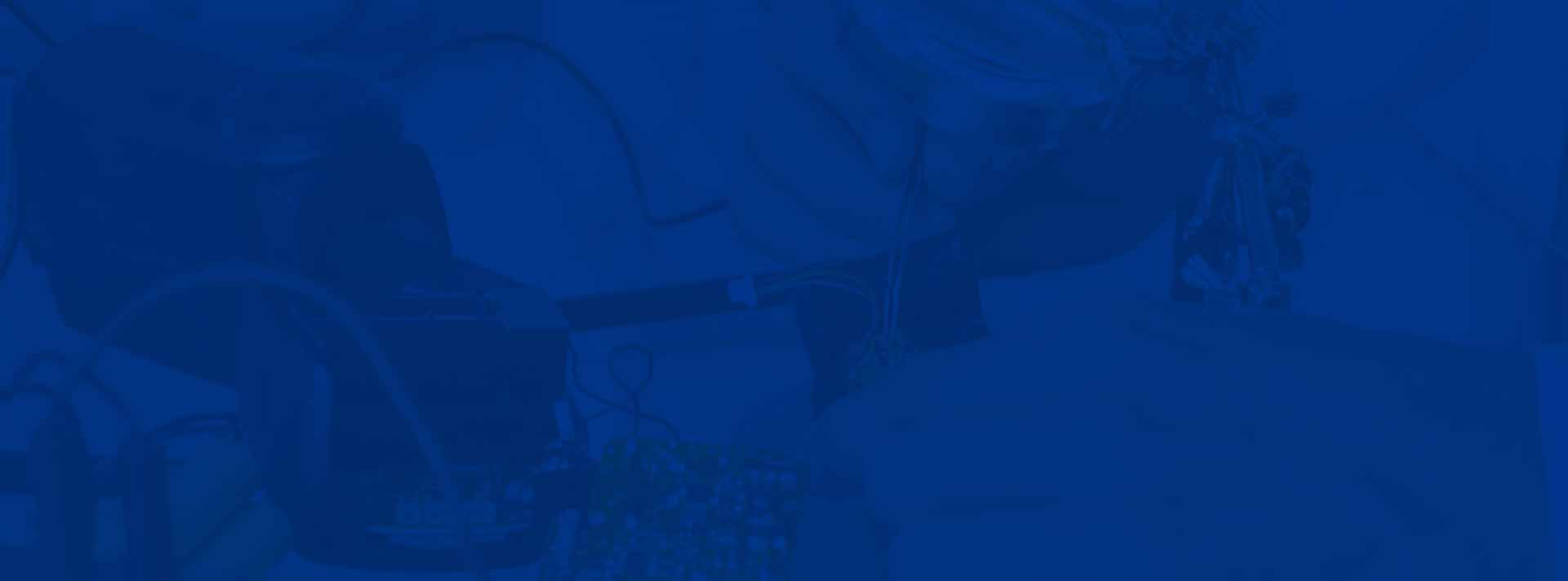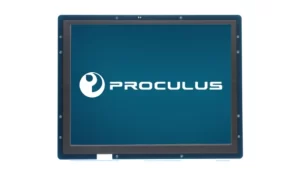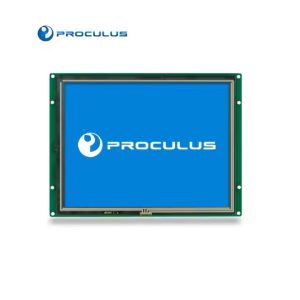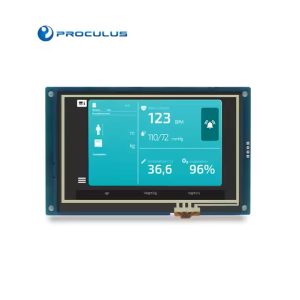RTC Clock-Step by step on how to use UnicView AD
Displaying real-time data adds professionalism to any smart display. With UnicView AD, using the RTC Clock is quick and easy. This feature lets you show the current time and date directly on your GUI. It’s useful for clocks, logs, schedules, or timed events. You don’t need extra code—just follow a few visual steps. In this guide, you’ll learn how to set up and display the RTC Clock using tools from Proculus.
What Is a Real-Time Clock (RTC) and Why Use It in Smart Displays?
Real-Time Clock (RTC) is a component that keeps track of the current time and date, even when the system is powered off. It runs independently using a small battery and provides accurate timekeeping for hours, minutes, seconds, days, months, and years. In smart display applications, an RTC is useful for displaying clocks, scheduling tasks, logging events, or syncing with external systems. Using an RTC in UnicView AD allows your GUI to show real-time information without needing constant updates from a host controller. This improves reliability and adds value to your product’s interface. As a professional TFT LCD display manufacturer, we care much about our customers. In this video, we demonstrated how to use LCD display software such as UnicView AD step by step with Numeric Art as an example so our customers can know how to use the LCD screen module. We also showed the features of the TFT LCD display. Contact us to buy the LCD display module!Conclusion
An RTC is a simple yet powerful feature for smart display projects. It provides accurate timekeeping, even when the main power is off. By integrating an RTC with UnicView AD, your interface gains real-time functionality with minimal effort. Whether for timestamps, logs, or scheduled events, the RTC enhances your product’s reliability and user experience. Stay tuned for more!
Popular TFT LCD Display
PHP Code Snippets Powered By : XYZScripts.com
 English
English



